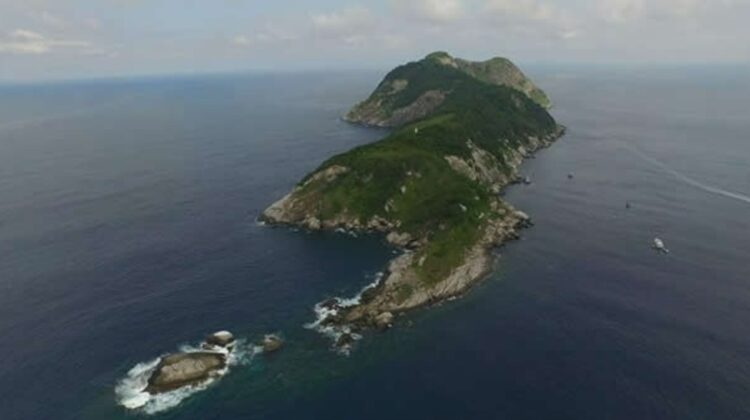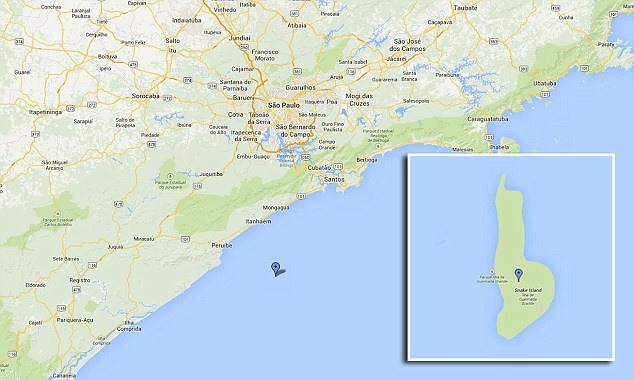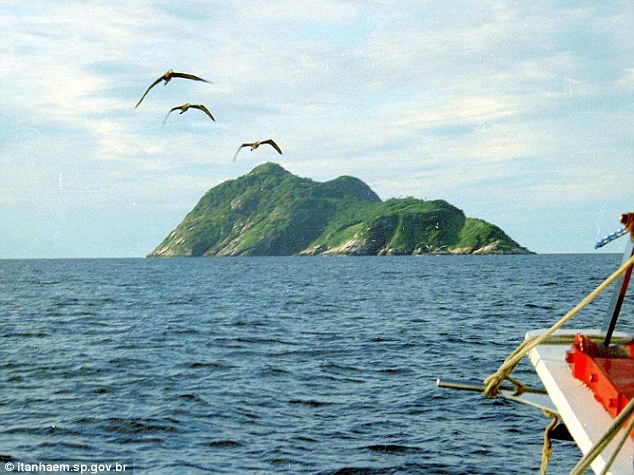
Snake Island, also known as Ilha da Queimada Grande, located off the coast of São Paulo, Brazil, is a place shrouded in slithery legend. With its dense population of venomous snakes, it’s earned the title of one of the most dangerous islands in the world.

The island is home to about 2,000-4,000 golden lancehead vipers, one of the deadliest vipers in South America. Their venom is indeed quite potent, causing necrosis (tissue death) around the bite wound. However, the claim that the venom “melts” human flesh is a bit dramatic. Necrosis does involve the breakdown of tissue, but it’s not a melting process like what you might see with a caustic substance.

Here are some of the reasons why Snake Island is so dangerous:
- High concentration of snakes: With thousands of vipers on a relatively small island, the chances of encountering a snake are very high.
- Potent venom: The golden lancehead viper’s venom is a nasty cocktail of toxins that can cause serious damage, including pain, swelling, tissue death, and even death if left untreated.
- Limited access to medical care: The island is uninhabited and off-limits to visitors due to the danger of the snakes. This means that anyone bitten by a viper would have a long wait for medical attention.

Despite the sensationalized claims, Snake Island is a fascinating place. Scientists are particularly interested in the venom of the golden lancehead viper, which has potential medical applications. Researchers are studying the venom in the hopes of developing new drugs for treating blood clots and other conditions.
However, for most of us, Snake Island is best admired from afar!

Leave a Reply